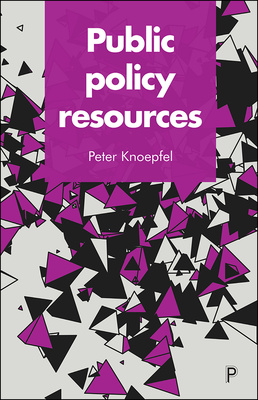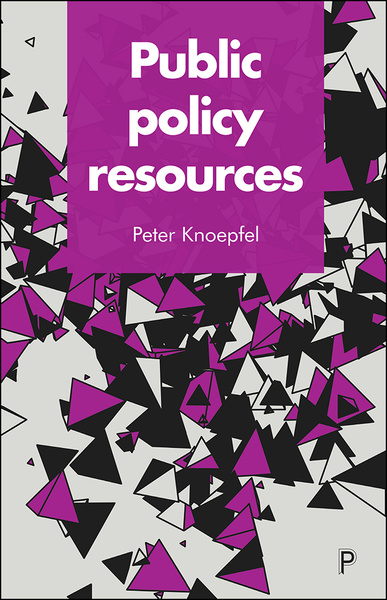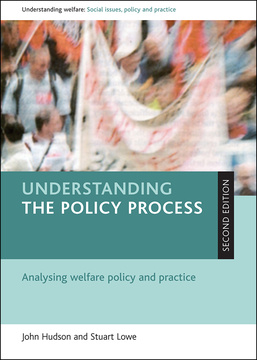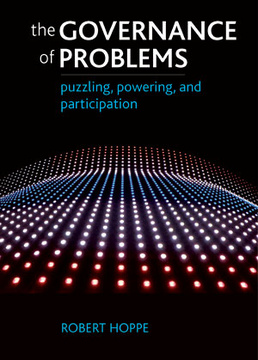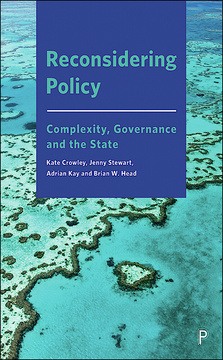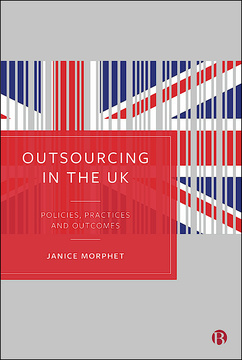Public Policy Resources
By Peter Knoepfel
Published
Aug 14, 2018Page count
276 pagesISBN
978-1447345053Dimensions
234 x 156 mmImprint
Policy PressPublished
Aug 14, 2018Page count
276 pagesISBN
978-1447345077Imprint
Policy PressPublished
Aug 14, 2018Page count
276 pagesISBN
978-1447345084Imprint
Policy PressBuilding on Knoepfel’s previous book, Public policy analysis, this book offers a conceptually coherent view of ten public policy resources: force, law, personal, money, property rights, information, organisation, consensus, time and political support. The book demonstrates the interplay of the different resources in a conceptually coherent framework and presents numerous illustrations of ways of mobilising the resources and managing them in a sustainable way, resource exchanges and the role of institutions governing the interrelationships between actors and resources.
The book will be valuable to postgraduate students as well as those working in policy programming and implementation across both public and private sectors and in non-governmental organisations.
"A new and innovative way of encouraging students of public administration to differently conceptualise the policy process. The comparative approach makes this a useful learning tool."
Peter Knoepfel is Honorary Professor at the Faculty of Law, Criminal Sciences and Public Administration of the University of Lausanne and Honorary Professor at the Faculty of Law of the Taras Shevchenko University of Kiev.
He was formerly Professor in Public Policy Analysis and Sustainable Development at the Swiss Graduate School of Public Administration (IDHEAP) (1982-2014), Director of the IDHEAP (1994-2002), Head of the Public Policy and Sustainability Chair (until 2014), and Research Director at the Social Science Research Centre, Berlin.
Introduction;
Part 1: Analytical basis and dimensions;
Public policy analysis: the basis;
Definition of public action resources;
Contextualisation: Status of the literature;
Part 2: New conceptual development: resource-based approach and analysis dimensions;
Conceptual development of the resource-based approach;
The seven proposed analysis dimensions;
Part 3: Public action resources;
Force;
Law;
Personnel;
Money;
Information;
Organisation;
Consensus;
Time;
Infrastructure;
Political Support;
Part 4: Perspectives and Advice for Practical Application;
Policy management through the political-administrative actors’ endowment of public action resources;
Advice for working in the field;
Conclusions.







